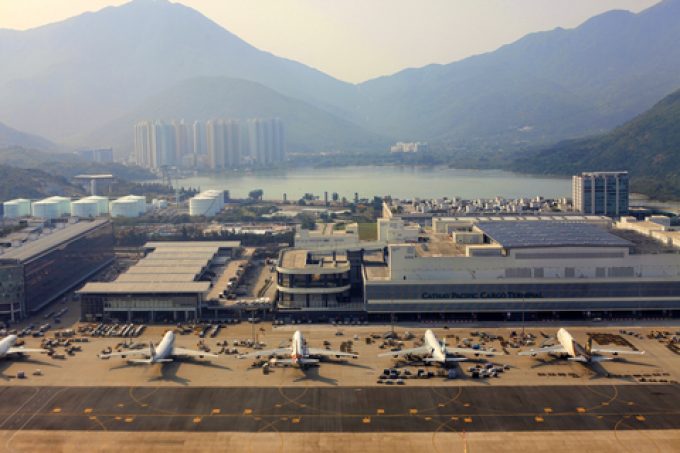Lufthansa Cargo adds capacity as Asia Pacific ecommerce boosts revenue
A focus on Asia Pacific helped boost Lufthansa Cargo’s nine-month revenues, although ebit fell significantly. While ...

Asia Pacific airlines saw a double-digit drop in air cargo volumes last month, and forwarders expect only a modest uptick in Q4.
According to the Association of Asia Pacific Airlines (AAPA), year-on-year international air cargo demand dropped 10.4% in September, measured in freight tonne km (FTK), while cargo capacity expanded 5.9%. As a result, the average load factor was down 11.4 percentage points, to 64%.
AAPA said cargo markets remained under pressure due to depressed business and consumer confidence levels.
Director general Subhas ...
Volcanic disruption at Anchorage could hit transpacific airfreight operations
Shippers snap up airfreight capacity to US ahead of tariff deadline
Forwarders stay cool as US 'liberation day' tariffs threaten 'global trade war'
New price hikes may slow ocean spot rate slide – but for how long?
Tighter EU import requirements proving 'a challenge' for forwarders
Supply chain delays expected after earthquake hits Myanmar
Looming Trump tariffs will create 'a bureaucratic monster' for Customs

Comment on this article